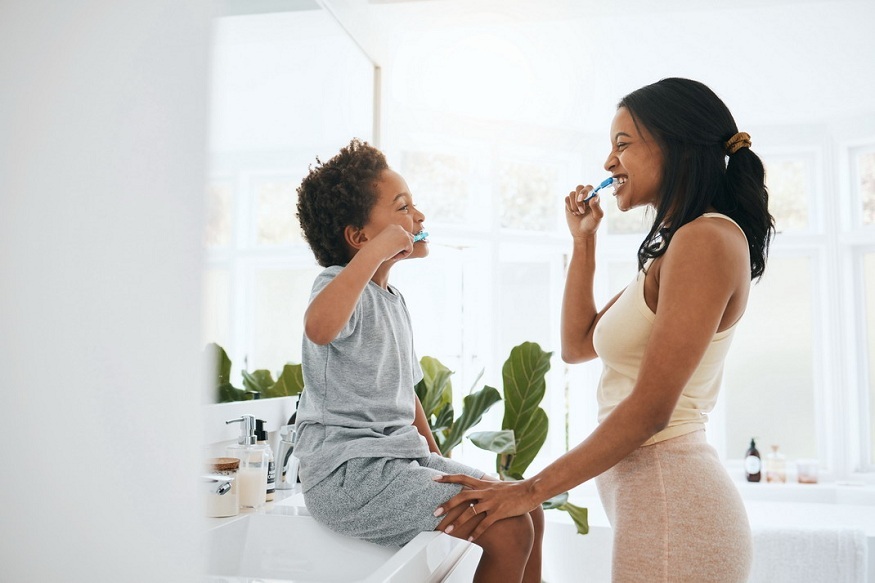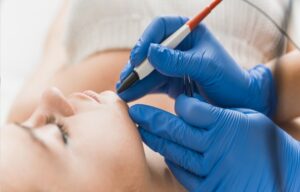You may likely stash a hodgepodge of brightly colored tubes and tiny bottles in your bathroom, each one packed with minty freshness. They’ve sat on your shelf so long you rarely notice them – until the day you decide the planet deserves a second glance. Then, the everyday plastic toothbrush and those soft-popping tubes suddenly morph into miniature environmental calamities.
Once the spark of awareness strikes, it travels through every day and every habit. Brushing your teeth becomes a tiny but telling moment of truth. Conventional dental care leaves a wake of waste most people never add up, and those of us who care a little more decide it’s time for cleaner, kinder swaps.
The Hidden Environmental Cost of Traditional Dental Care
Rethinking the basics means facing some sobering numbers. Each year, Americans toss more than one billion toothbrushes into the bin. Built of stubborn, multi-material plastics, those bright-colored bristles refuse the polite invitation of time, taking centuries to vanish. The hard handles, often mixed with hard-to-recycle composites, play a game the sorting machines never win, and the toothbrushes, after a lonely ride in the compactor, drift toward our soil, our water, and our future.
Then come the tubes. You crinkle one, squeeze the quasi-foil substance, feel the mint blast, and toss the tube, believing you’ve done your part. But the tube’s layers of plastic, aluminum, and soft plastic refuse to be friends, and the recycling plant machine gives up. Even the most diligent of us, armored with good intentions, often slide the tube past the bin of hope into the single-throw fate of landfill.
Natural Substitutes That Actually Perform
Bamboo brushes are the easiest swap. They grow quickly and will vanish in soil after you’re done, while the nylon bristles still need a landfill detour. Still, the handles will break down without a trace, and most folks say the grip feels just as good as plastic.
Toothpaste tablets keep the tube from ever being created. Pop one in your mouth, chew, and add your brush; the foamy-clean sensation is the same. They ship in glass jars or compostable pouches, and every variation is entirely plastic-free.
The Boom in Zero-Waste Oral Care
According to the people over at Ecofam, truly zero-waste oral care wipes out plastic at every step. It pairs compostable toothbrushes with powder or pressed tablets and swap out traditional floss for greener fibers. Some folks choose silk floss, which breaks down in compost, while others rely on sturdy, refillable water flossers.
Many are drawn to DIY dental projects for the chance to handpick every ingredient. With simple recipes, they blend homemade toothpaste or mouth rinse, and trim miswak sticks into toothbrushes, avoiding packaging at all stages. Even better, these solutions usually fit smaller budgets than the aisles of prepared goods.
In a few neighborhoods, refill stations for toothpaste, mouth rinse, and tooth powders are popping up. Bring a clean container, pump in what you need, and leave plastic packaging behind. The model feels a lot like bulk grains at the co-op, but for mouth care.
Conclusion
More shoppers are looking for green dental care, and companies are listening. As demand rises, brands are inventing better and better sustainable products. Fresh alternatives keep rolling in as makers see how much the eco-friendly oral-care market can grow. Your dental habit holds more planetary influence than many realize. Little changes turn into large victories when millions of people act in concert. Sustainable dental care allows you to keep your mouth healthy while cutting the footprint you leave on the Earth. Understanding the true costs of standard products helps you choose green refills over more plastic waste.



